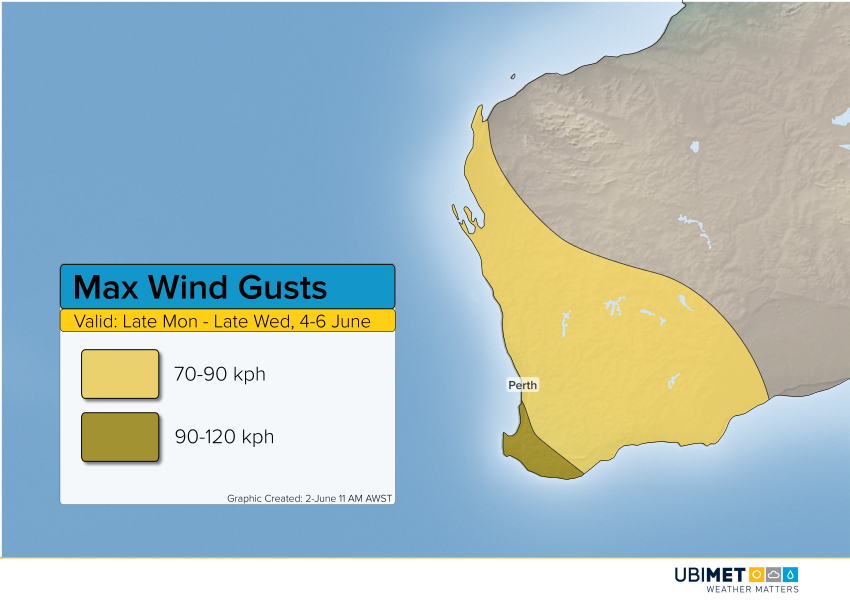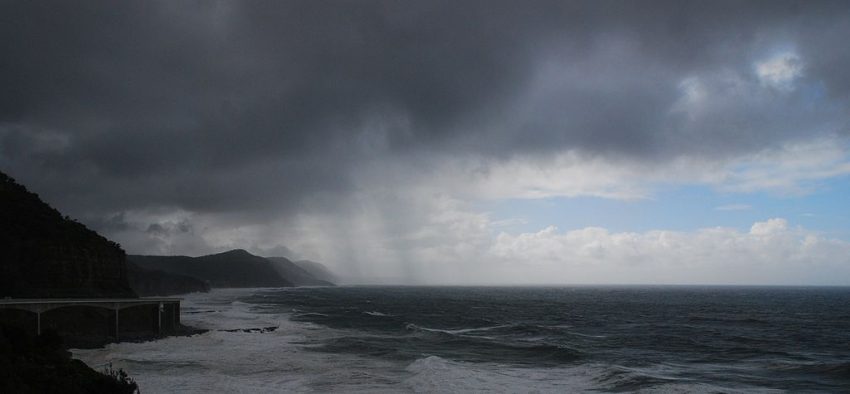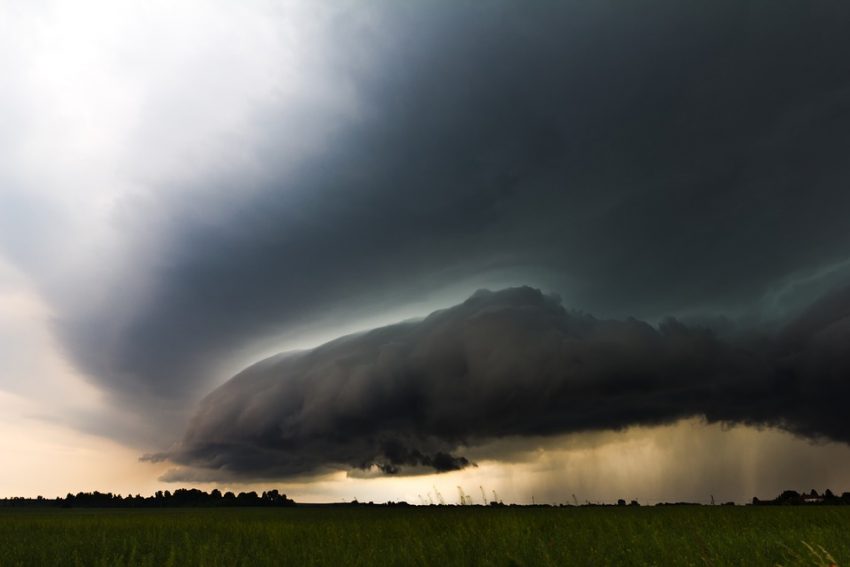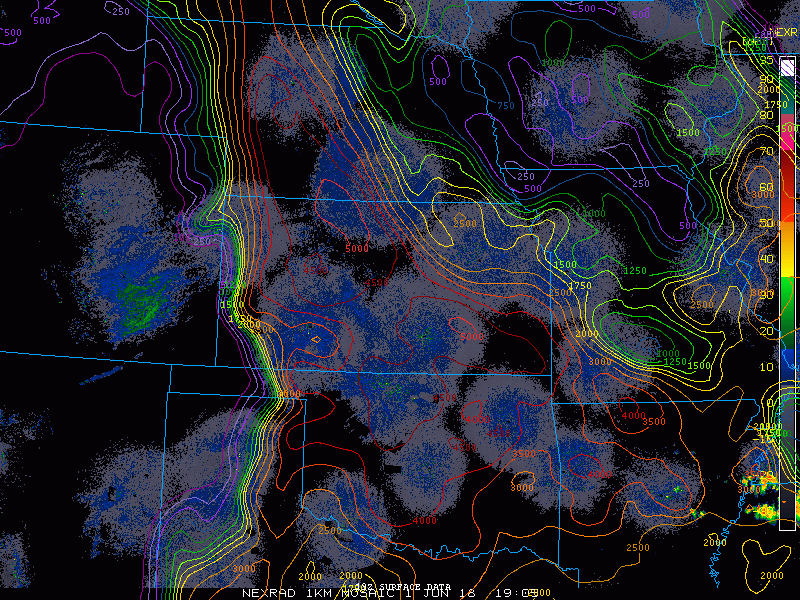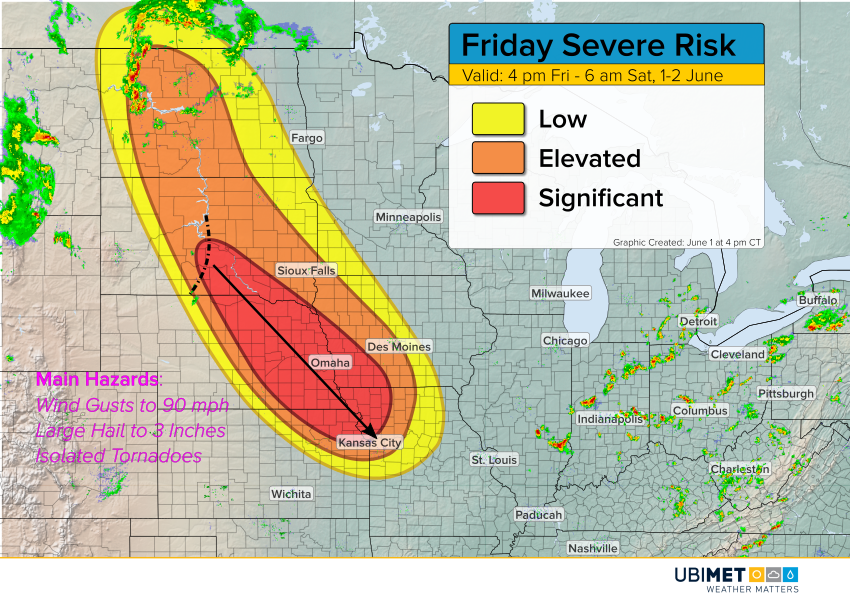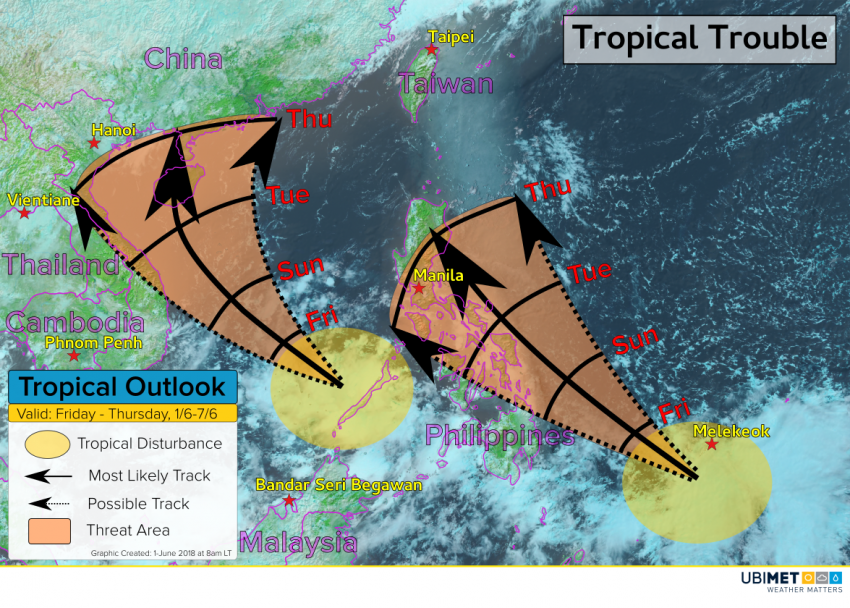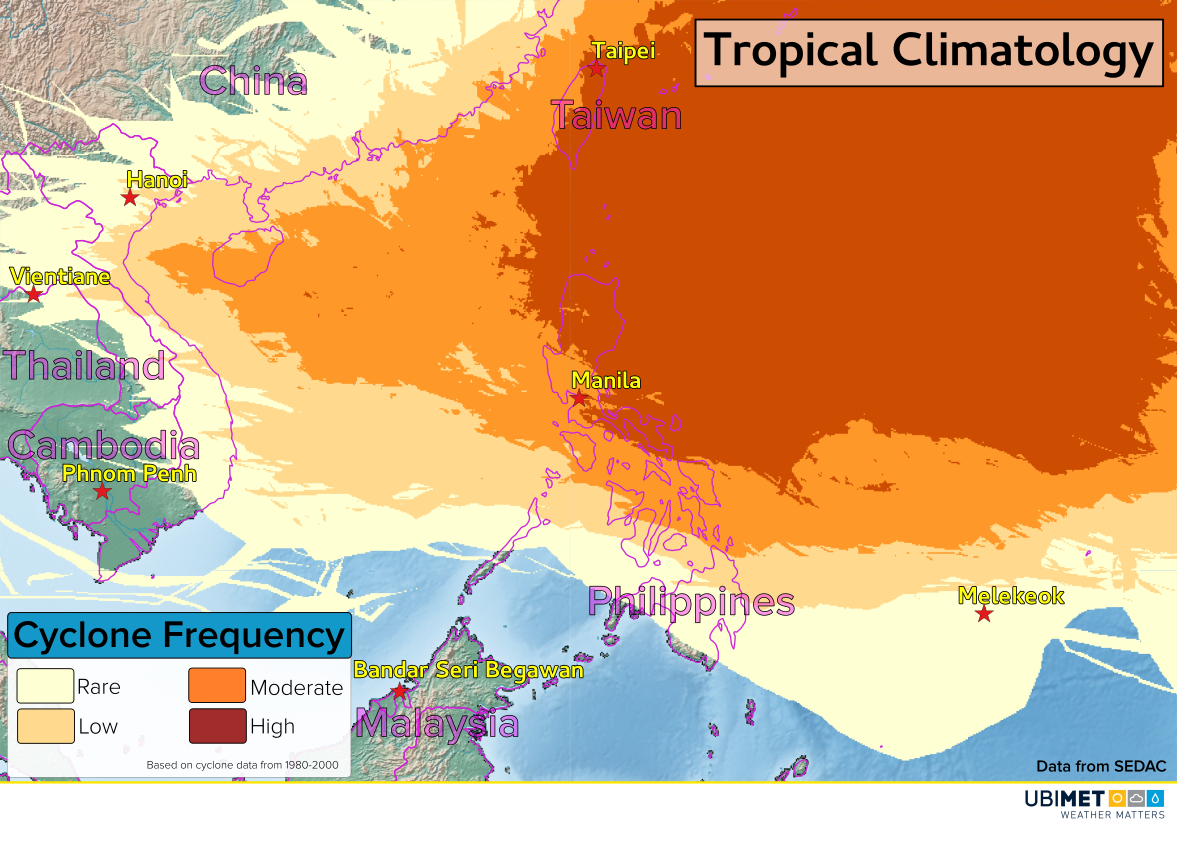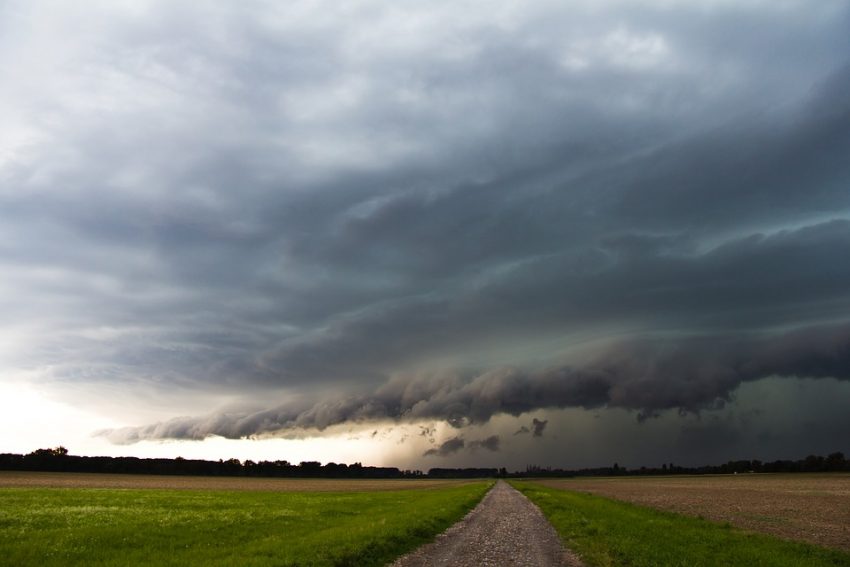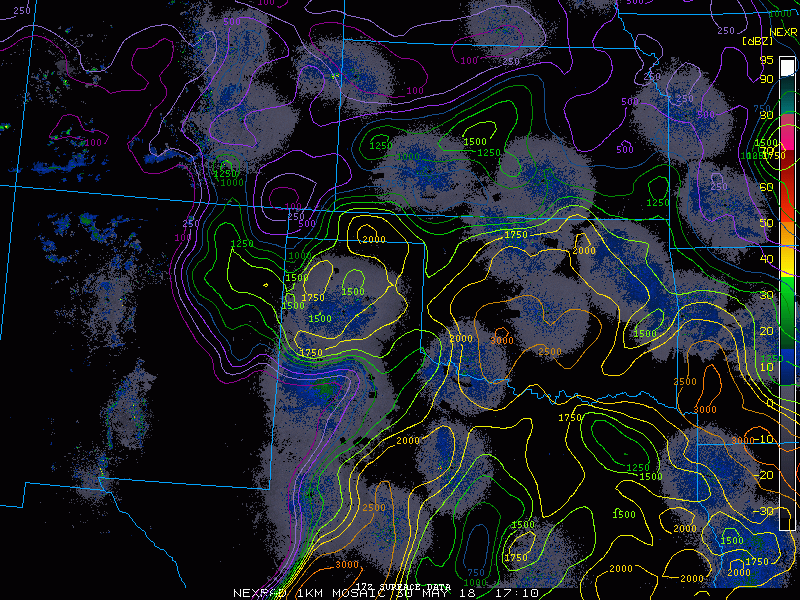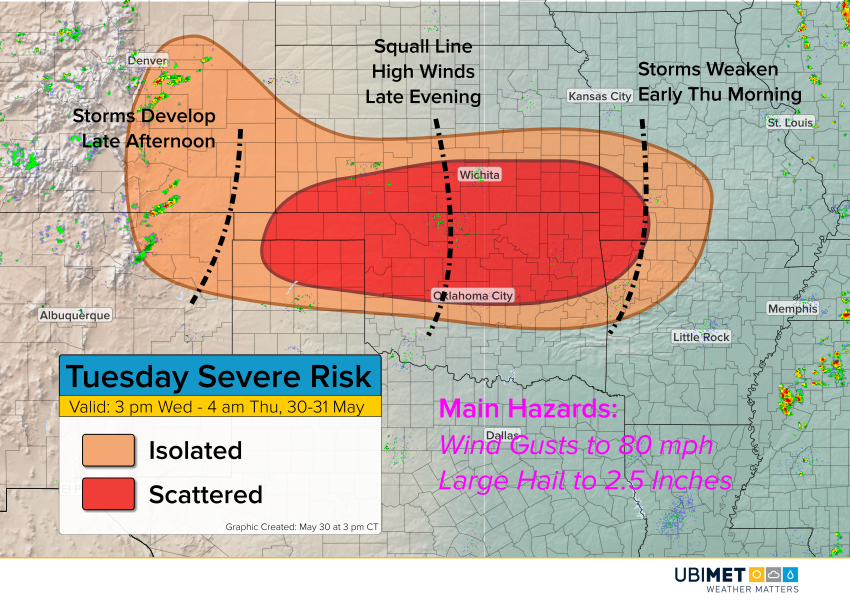Another Major Storm Targets Western Australia Early Next Week
Residents of Western Australia should brace for more heavy rain and gusty winds early to mid next week as another big storm approaches. The winds and rain will move into the west-central coast late Monday, spreading south and east through Tuesday. Conditions will improve by late Wednesday into early Thursday.
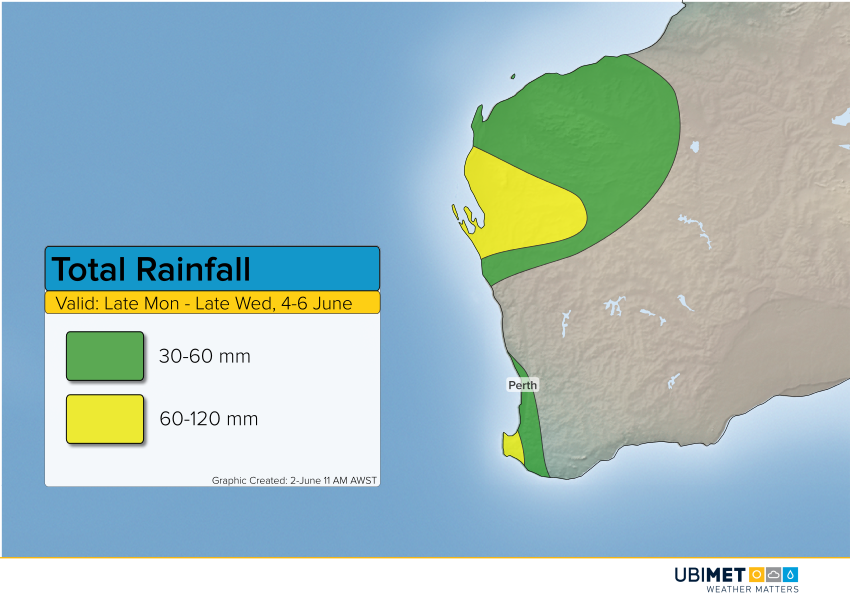
The heaviest rainfall amounts of 60-120 mm will fall with a slow-moving front over the Gascoyne district. In this region, expect serious flash flooding. Rainfall amounts exceeding 60 mm will also occur over the southwest Capes. More localized flooding will occur elsewhere with amounts 30-60 mm, including the Perth metro area.
The highest wind gusts of 90-120 kph will be measured over the far southwest, especially the wind-prone Capes. Wind gusts of 70-90 kph will affect a much larger area, including Perth. The worst weather looks to hit the Perth metro on Tuesday morning and midday. Lead photo courtesy Wikipedia user Coalcliff.
